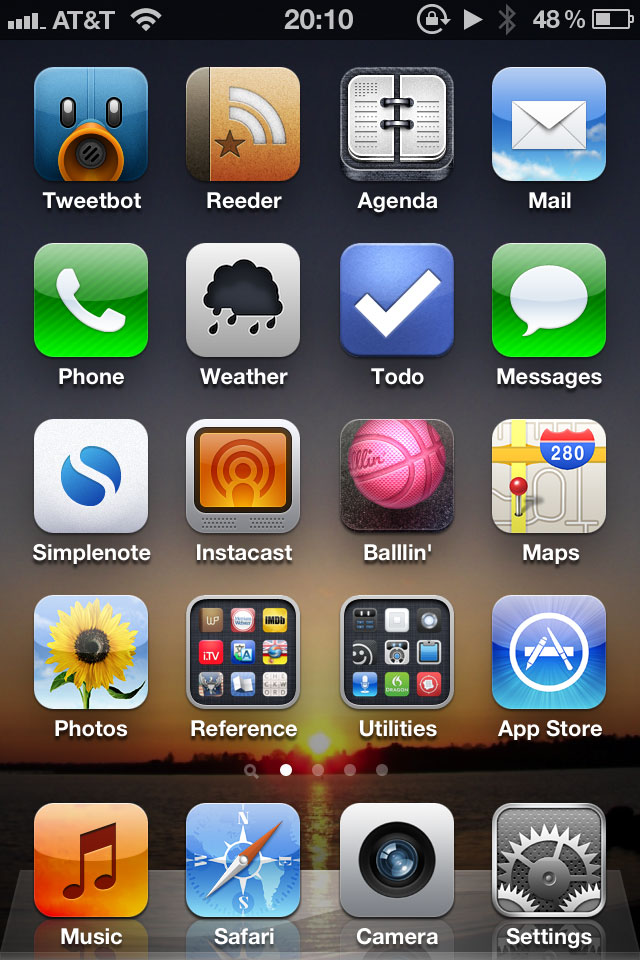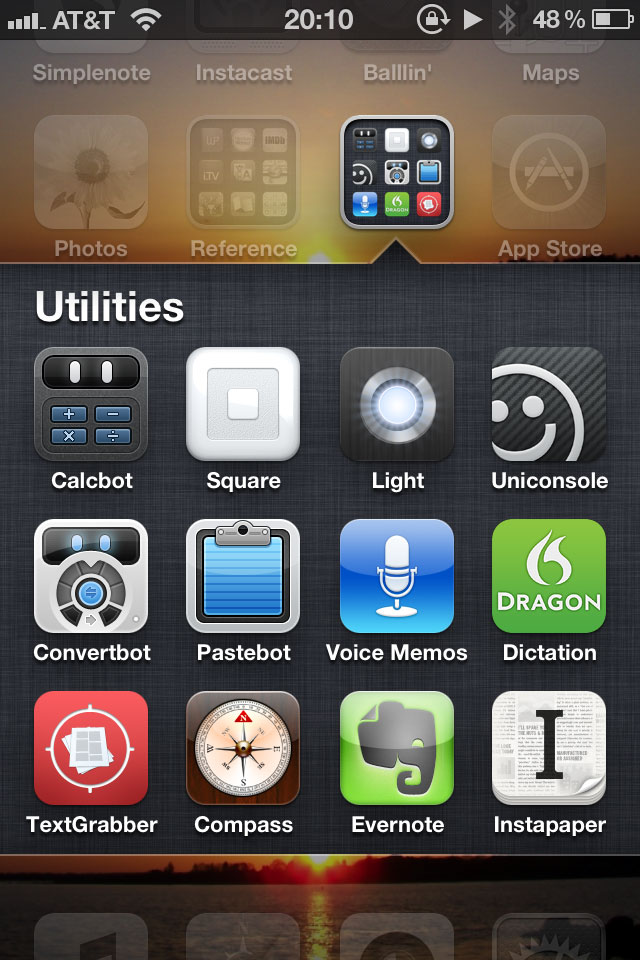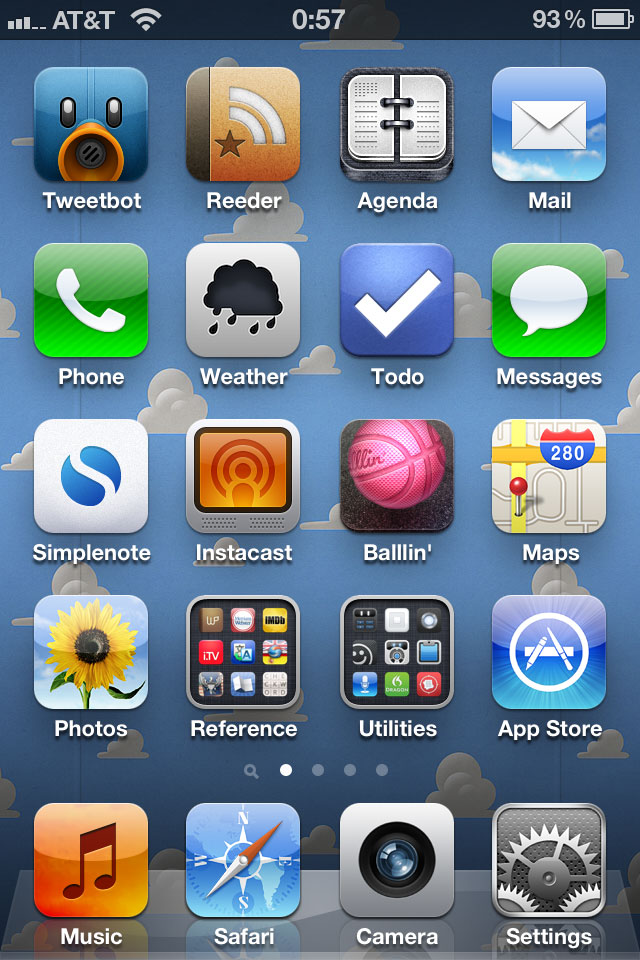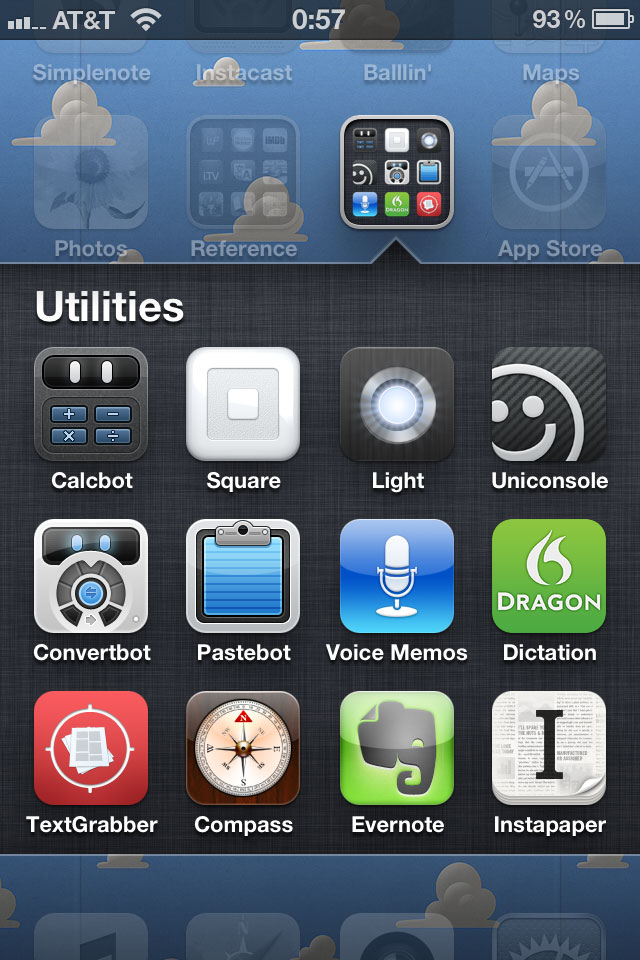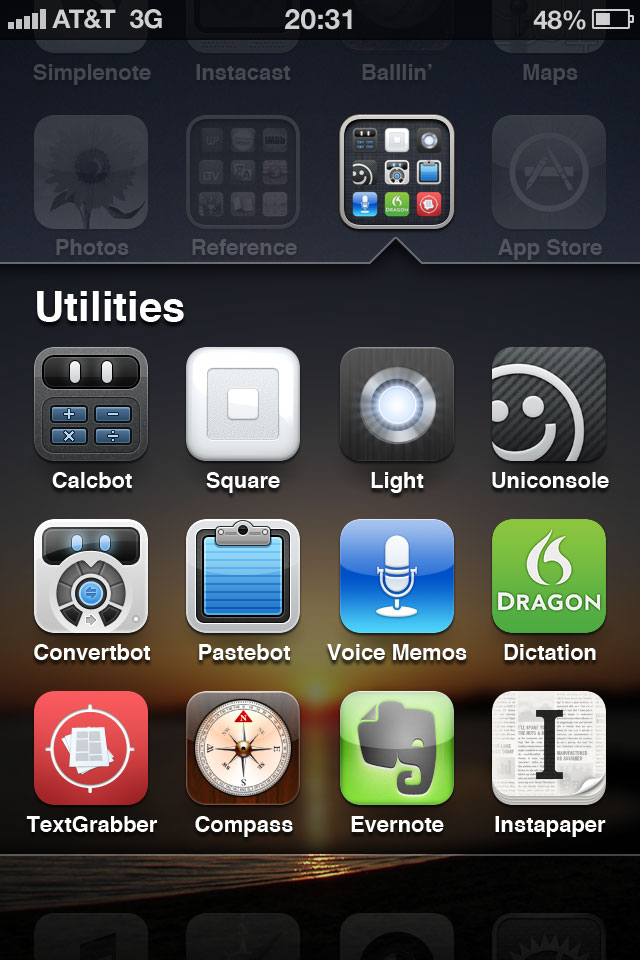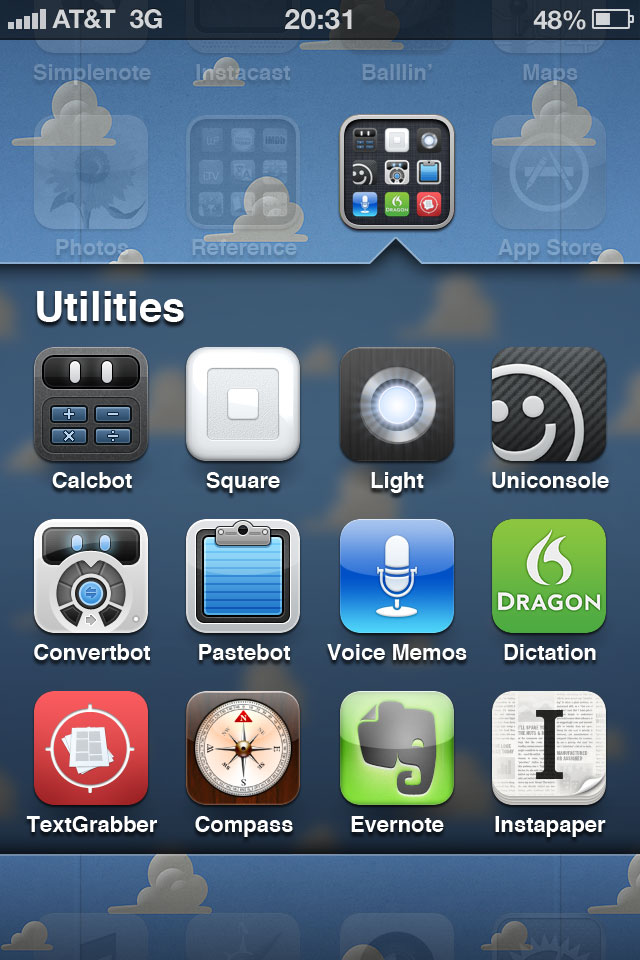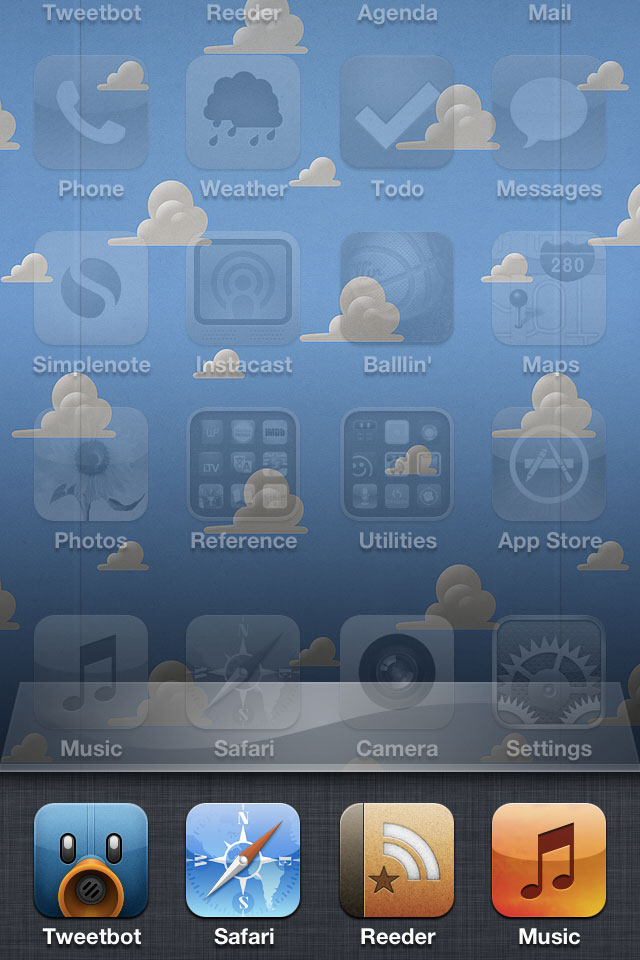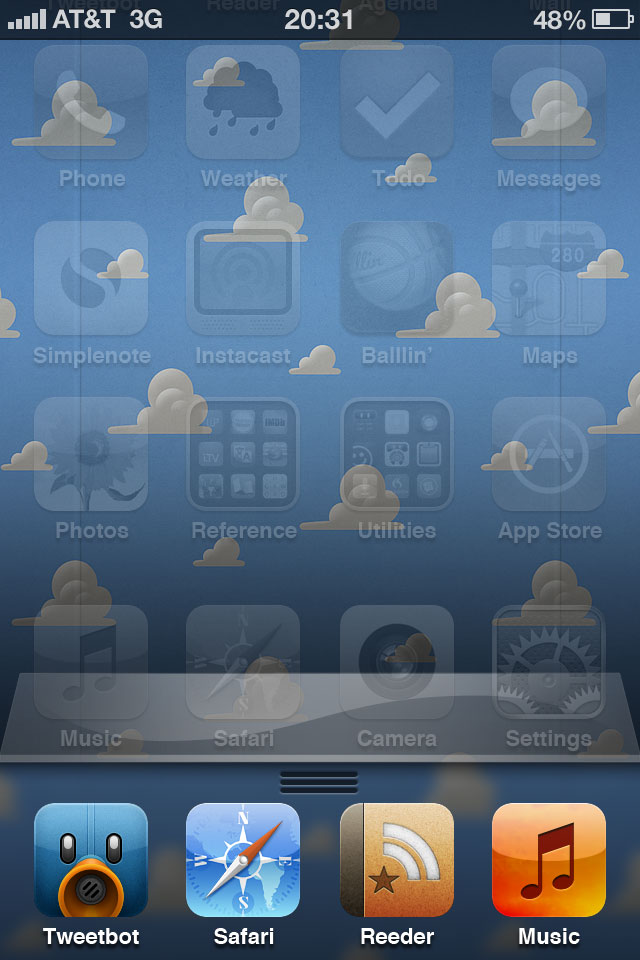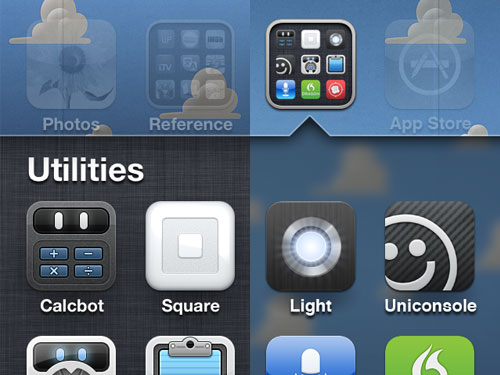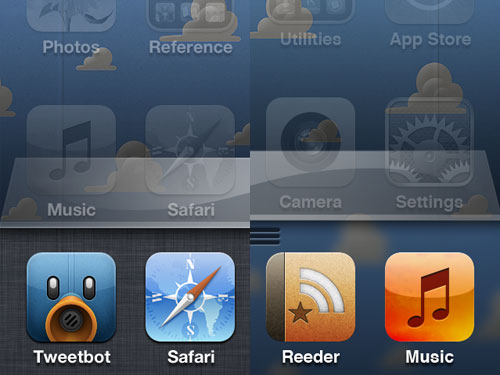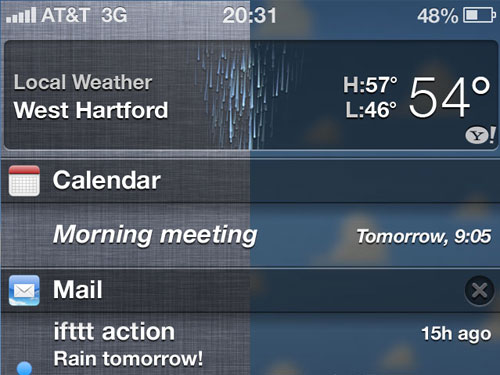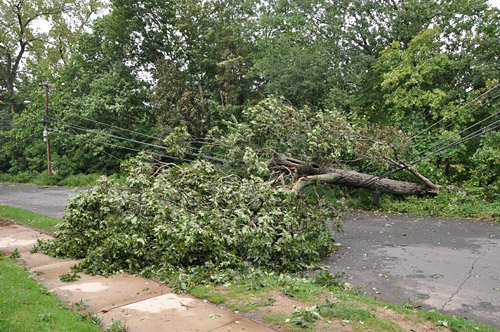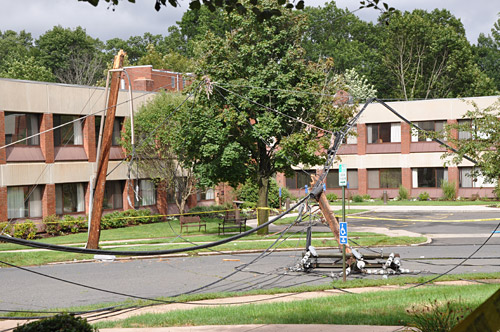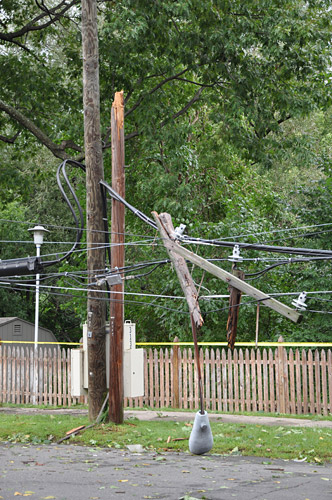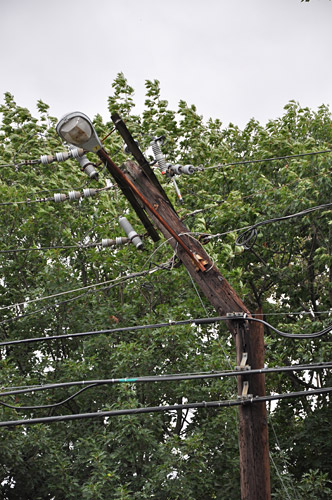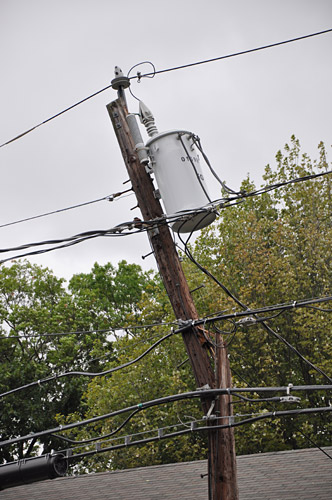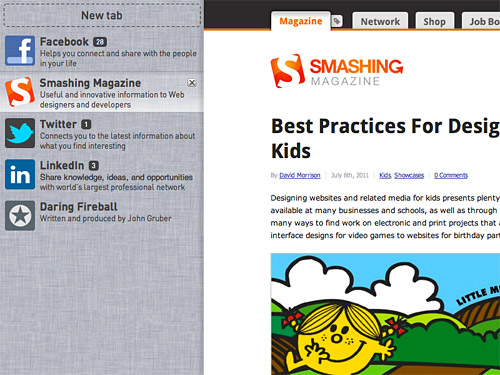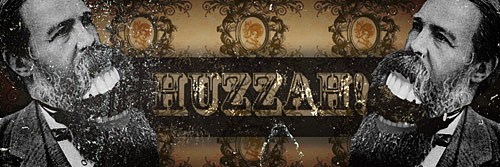Five film scores are up for the Academy Award for Best Original Score. One is a safe-and-nice-yet-ultimately-throw-away score, one is a solid-effort-but-there’s-no-way-it’s-going-to-win score, one is a very-smart-and-not-a-surprise-it-was-nominated score, one is a slightly-more-useful-than-a-hangnail-on-a-hobo score, and one is a delightful surprise.
Let’s start with The King’s Speech, composed by Alexandre Desplat.
This is exactly the type of score that gets nominated every year by the Academy. The music is safe, undemanding, from a dramatic film, and driven by piano performances. The best thing I can say about this score it that it’s nice. Is that a compliment? Maybe. Is that a back-handed compliment? Probably. Desplat can write good music. This is okay music, but the Academy had to fill its piano-music quota with something.
/swf/audioPlayer2.swf
Really, though, this score probably shouldn’t be nominated. Or even eligible. The last two tracks encompassing pivotal scenes in the film are scored not by Desplat but instead by Beethoven. It’s always my fear that Academy voters get swayed by nice-sounding classical music. “Hey! Classical music! I will vote for this score! I will feel sophisticated!” Lame.
I imagine if The King’s Speech is sweeping all its other categories, Desplat will be going home with an Oscar, too—as in, Oscar voters won’t be voting for the music but instead for the movie. Also lame.
Moving on to A.R. Rahman’s 127 Hours.
Thus far known only for his Oscar-winning score and songs to Slumdog Millionaire, Rahman is still something of a newcomer to the Hollywood composing scene but no stranger to Bollywood. I suppose that makes him somewhat “exotic” to Academy voters something else they like. “Hey! Diversity! I will feel sophisticated!”
Rahman’s score brings a fresh voice to Hollywood film scores. This particular score is decent, sometimes difficult to listen to, but has some solid moments.
/swf/audioPlayer2.swf
A solid effort, but Rahman won’t be taking his third statue home.
But Hans Zimmer could walk away with his second. In a no-brainer move, the Academy nominated Zimmer’s Inception score. Absolutely deserving.
/swf/audioPlayer2.swf
Zimmer created a smart, driving, sometimes bombastic score with its roots firmly planted in the style he has been developing over the last several years with his scores from The Da Vinci Code, The Dark Knight, and others. Did the 2010 Zimmer go back in time and plant an idea in the mind of the 2007 Zimmer? BWAAAAARRRGH.
/swf/audioPlayer2.swf
I’m not saying his Inception score uses material from his other scores, but he’s been developing a particular style, and in this score, his style coalesced into something unreached in his previous efforts.
/swf/audioPlayer2.swf
Zimmer’s Inception score is smart and definitely worthy of a nomination.
Neither of which are true for Trent Reznor and Atticus Ross’s The Social Network score.
I cannot for the life of me understand why this score is even for a fleeting moment considered one of the best scores of 2010. Impossible. Ridiculous. Inconceivable. This score is the film-music equivalent of Sarah Palin: An undeserved, controversial hack mucking up the landscape while mind-blowingly winning attention and a following of supporters that makes me say “what the fuck.”
This score, and I use that term very lightly here, is nothing more than ambient electronica. I have no doubt this music has a place somewhere. In a film is questionable. Nominated for best score is dumbfounding. This is nine-inch nails on a chalkboard. It’s the music you might hear in your head after you are mugged, beat over the head, dragged behind a car, dropped from a bridge, and left for dead as buzzards are picking your eyes out.
/swf/audioPlayer2.swf
A musical theme is nothing more than a collection of notes strung together in a coherent musical fashion. The theme from The Social Network really is nothing more than a collection of notes strung together.
/swf/audioPlayer2.swf
I can’t imagine this music was composed specifically for scenes in the film. There’s just no way. More plausible is that Reznor watched the film, started composing some ideas afterward, and that music was then edited into scenes in the film.
/swf/audioPlayer2.swf
I don’t think I would have as much hate for this score if it hadn’t been nominated for Best Original Score by the Academy just after winning the Golden Globe for Best Original Score. As with The King’s Speech, if The Social Network sweeps the Oscars, Reznor and Ross will be Oscar-winners—undeservedly so.
Perhaps I’m being too harsh. Music, after all, is highly subjective. But my point is this: the Oscar for Best Original Score should in fact be decided amongst the best original scores. This score is nowhere near the best and nowhere near original when tracks from the score are reworkings of previous Reznor material. If this music wins Best Original Score, I will set my hair on fire.
The good thing, though, is that I wouldn’t need to actually light my hair on fire. I’ll be so angry from John Powell’s How to Train Your Dragon score losing that I’ll likely combust automagically.
I’ll combust from rage because Powell’s score is so good, so original, and so deserving.
John Powell has a knack for composing scores for animated films. He crafts music that is as frenetic as it is heartwarming, as serious as it is jovial. Because of the layered complexities and frenzied nature of his compositions, I often wonder if he has a touch of ADHD. Unlike most everyone else who graduated from the Hans Zimmer school of composing, he has been able to branch out on his own and forge his own style. And with How to Train Your Dragon, he brought all this together to construct a masterpiece of a film score. The score’s opening:
/swf/audioPlayer2.swf
Powell created a musical world with a rich thematic integrity throughout. While certainly not short on heroic music, the score also includes some lighter fare.
/swf/audioPlayer2.swf /swf/audioPlayer2.swf
But it’s the big, bold bombast that makes this score. Not only is Powell’s How to Train Your Dragon my favorite film score of the year, it contains my favorite track of the year.
/swf/audioPlayer2.swf
You can listen to the whole track here.
How to Train Your Dragon is easily the best score of John Powell’s career, and surely one of the best animated scores in some time. Given its originality, its thematic cohesiveness, and its likeability—no, lovability—this is easily the best film score of 2010.
Will John Powell go home with his first Oscar? I won’t hold my breath, but I’ll be sure to keep a bucket of water handy to extinguish my hair. But when I douse my head, I guess I will have to hold my breath.
There are a few composers that won’t be holding their breath either on Oscar night. Because their names aren’t in an envelope. Because their scores weren’t nominated. But they could have been. No, should have been.
For starters, there’s James Newton Howard’s score for The Last Airbender.
/swf/audioPlayer2.swf
It’s a shame that the movie was so awful that it tainted the score’s chances at a nomination. This is a score that doesn’t get written much these days, and it evokes fantasy scores of the past.
/swf/audioPlayer2.swf
Howard created a vivid and thematic score for The Last Airbender, and it’s easily one of his best scores.
/swf/audioPlayer2.swf
Then there’s James Horner’s surprise score for The Karate Kid. He was a replacement composer, but he created a masterful work. I wrote more about the score last year.
/swf/audioPlayer2.swf
But one score deserves to be on the list if only because of how well it worked within its film: Daft Punk’s Tron: Legacy score. The film really should have been billed as “Tron: Legacy, starring Digital Domain and Daft Punk (and also starring everyone else).” Daft Punk’s score was an additional character in the forefront of the film driving the narrative.
/swf/audioPlayer2.swf
Just like Trent Reznor, Daft Punk are novices in the film-score world. But unlike Trent Reznor, Daft Punk competently scored their film and brought a fresh yet somehow retro sound to their film.
/swf/audioPlayer2.swf /swf/audioPlayer2.swf
Any of these three scores could have replaced one or more of the nominated five. But they didn’t. And life will go on.
I just hope life for John Powell goes on with a shiny, golden statue. Perhaps then he can say, “Hey! An Oscar! I feel sophisticated!”

